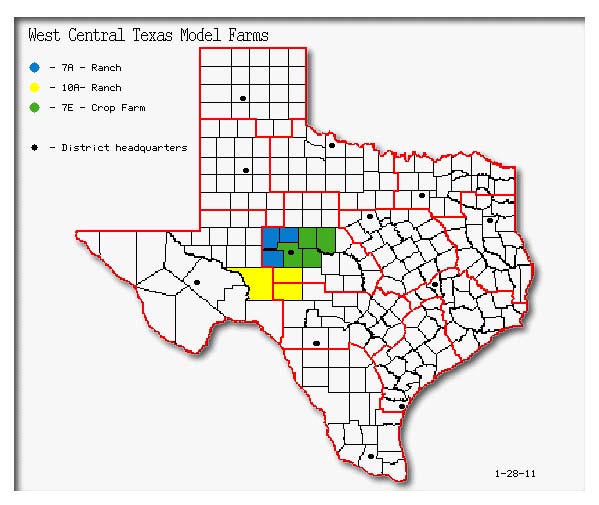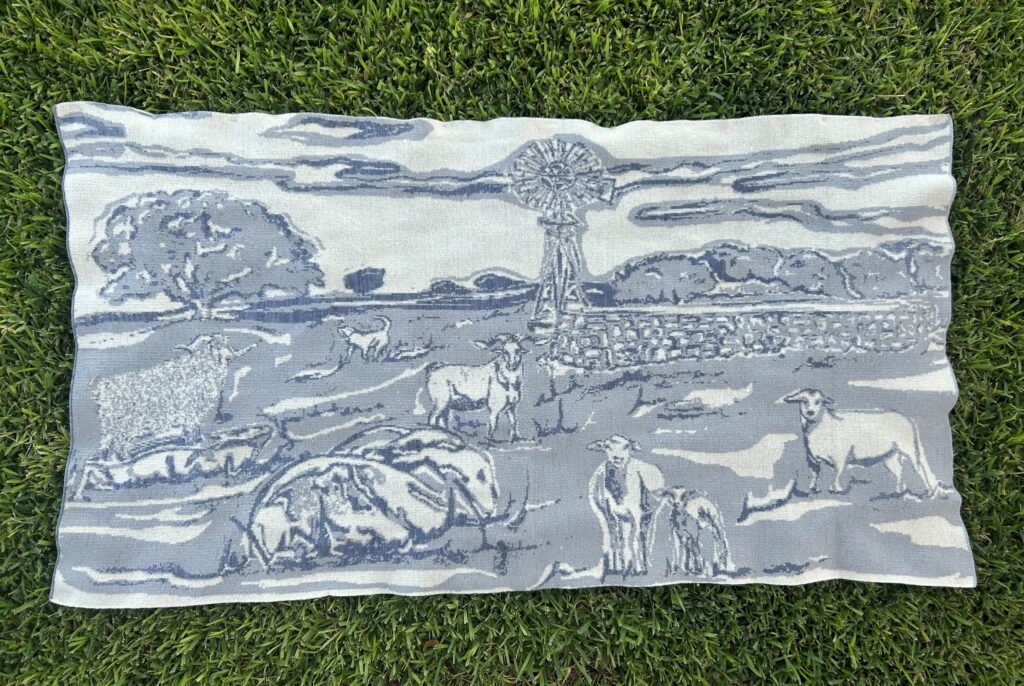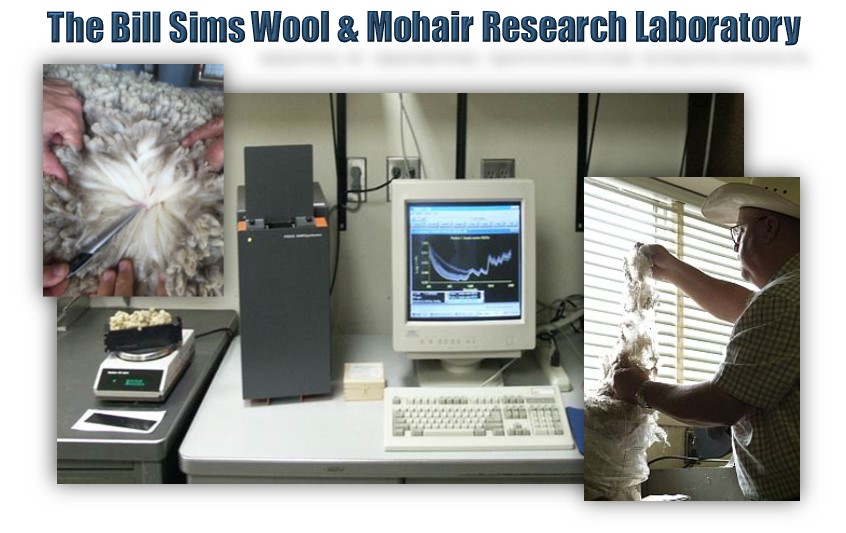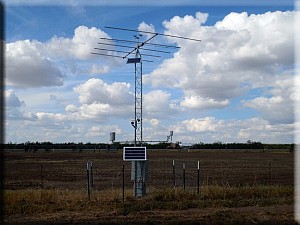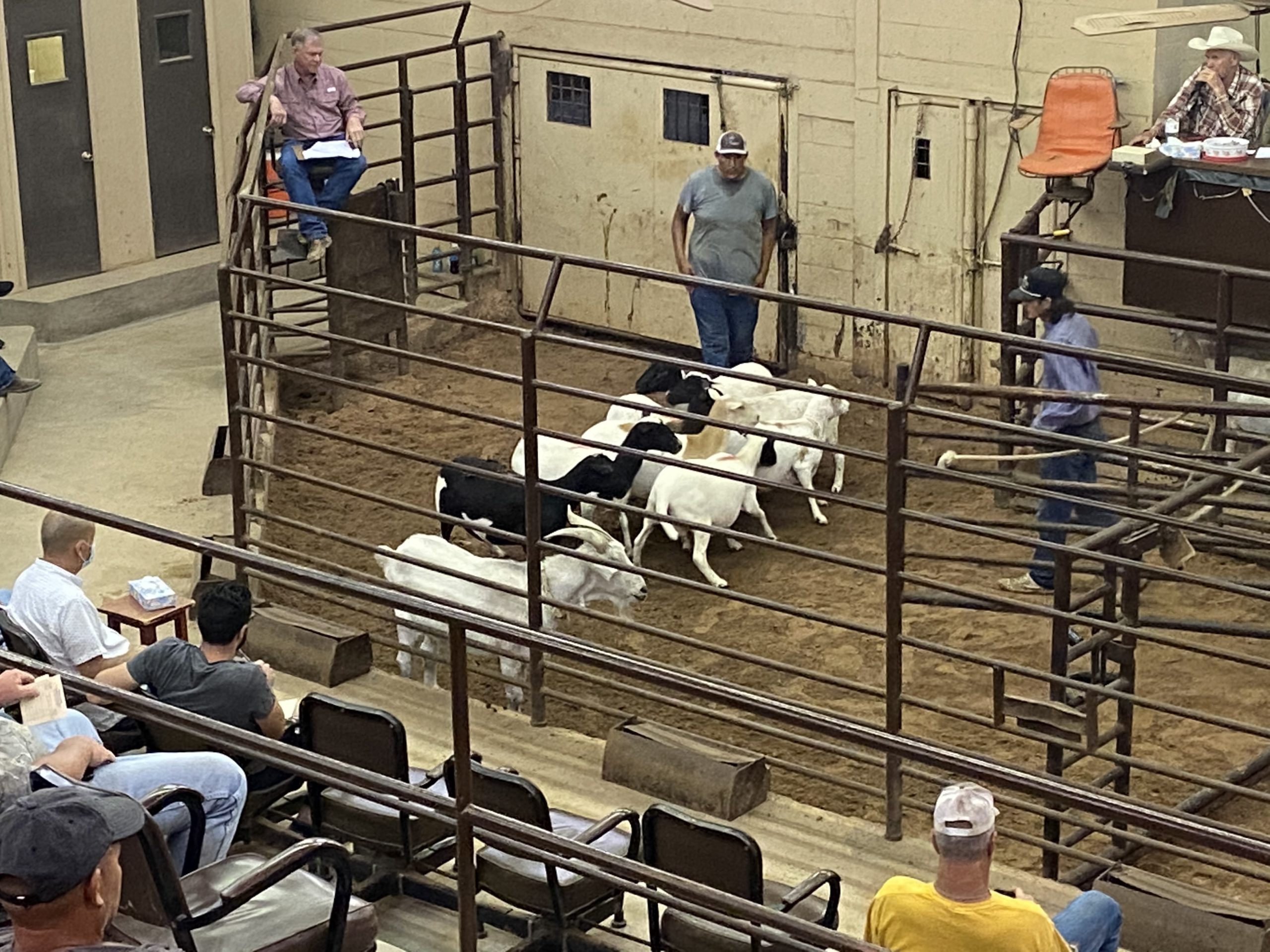Model Farms/Ranches, for several areas of west central Texas, have been created to measure the impacts of various economic conditions or policies on farming and ranching operations. These models represent both the size and type of operations found in a given area, but they are not “average” farms; and, as models, they cannot be called representative. Considerable effort has been made to incorporate the current level of technology being utilized to produce the commonly produced commodities in each area. For example, the irrigated cotton production in Model Farm 7-E will utilize “stacked gene” cotton seed and subsurface drip irrigation. The models will be updated annually to reflect current input and commodity prices, and the effect that changes in these prices will have on the financial performance of the modeled farm. U.S. Farm Policy impacts can also be measured through these annual updates.
These models will also serve as test platforms to measure the economic implications of adopting new or different technologies, production practices or marketing strategies/scenarios. These special topic analyses will typically utilize the model farm data as a baseline and utilize Texas AgriLife Extension Service’s Farm Assistance computerized decision support system to provide a statistically-based strategic financial analysis.
For each model farm, several integrated financial statements will measure the financial performance, feasibility and sustainability. These will include:
· Balance Sheets
· Statement of Cash Flows
· Income Statements
Model Farms
| 7-A | Sterling, Coke, Irion & Tom Green Counties (Livestock Ranch) |
| 7-B | Nolan, Fisher & Jones Counties |
| 7-C | Taylor, Shackelford & Callahan Counties |
| 7-D | Mason, Kimble, McColloch & Menard Counties |
| 7-E | Runnels, Coleman, Concho & Tom Green Counties (Crop Farm) |
| 7-F | Brown, Mills & San Saba Counties |
| 7-G | Burnet, Lampasas & Llano Counties |
| 10-A | Sutton, Schleicher & Crockett Counties |

